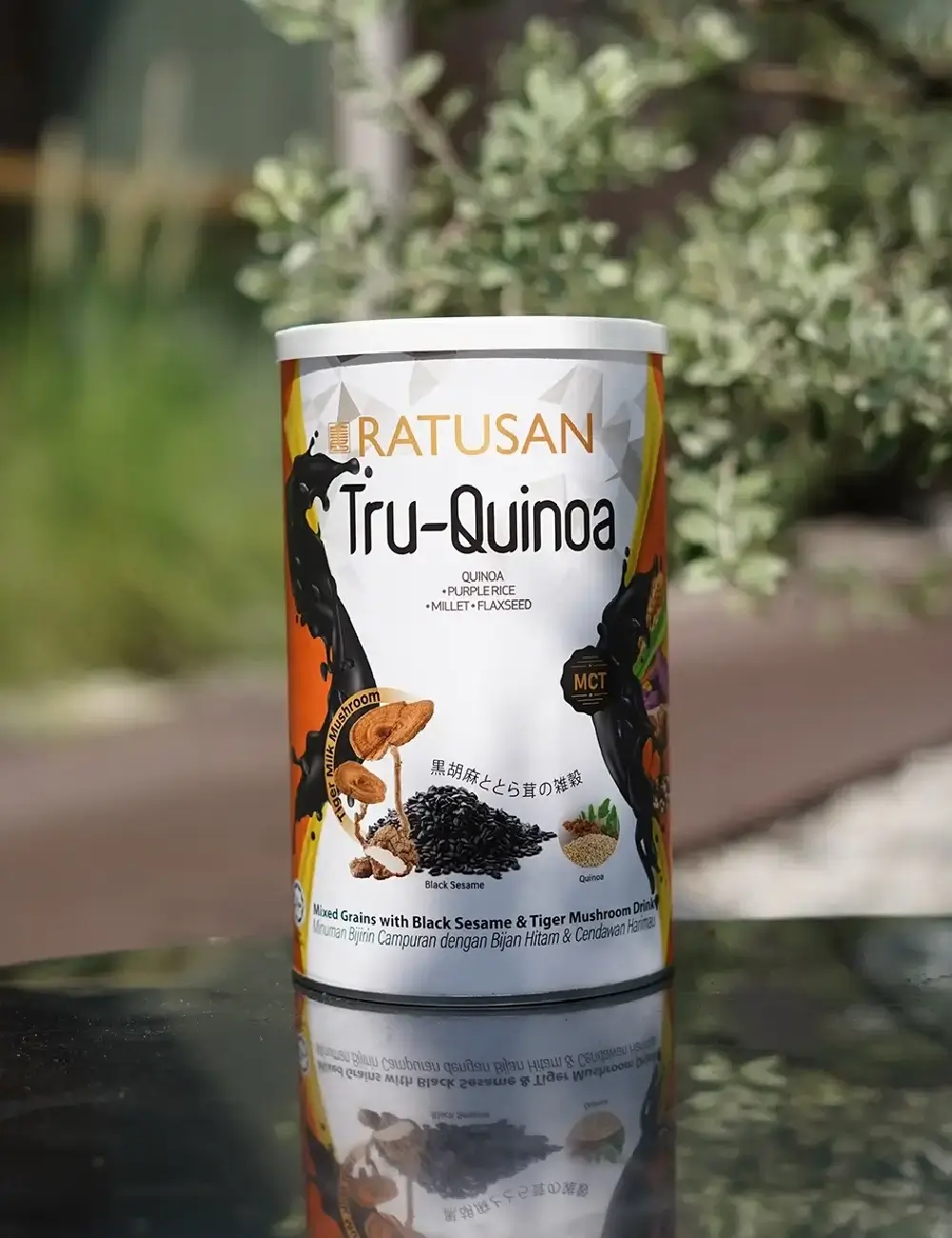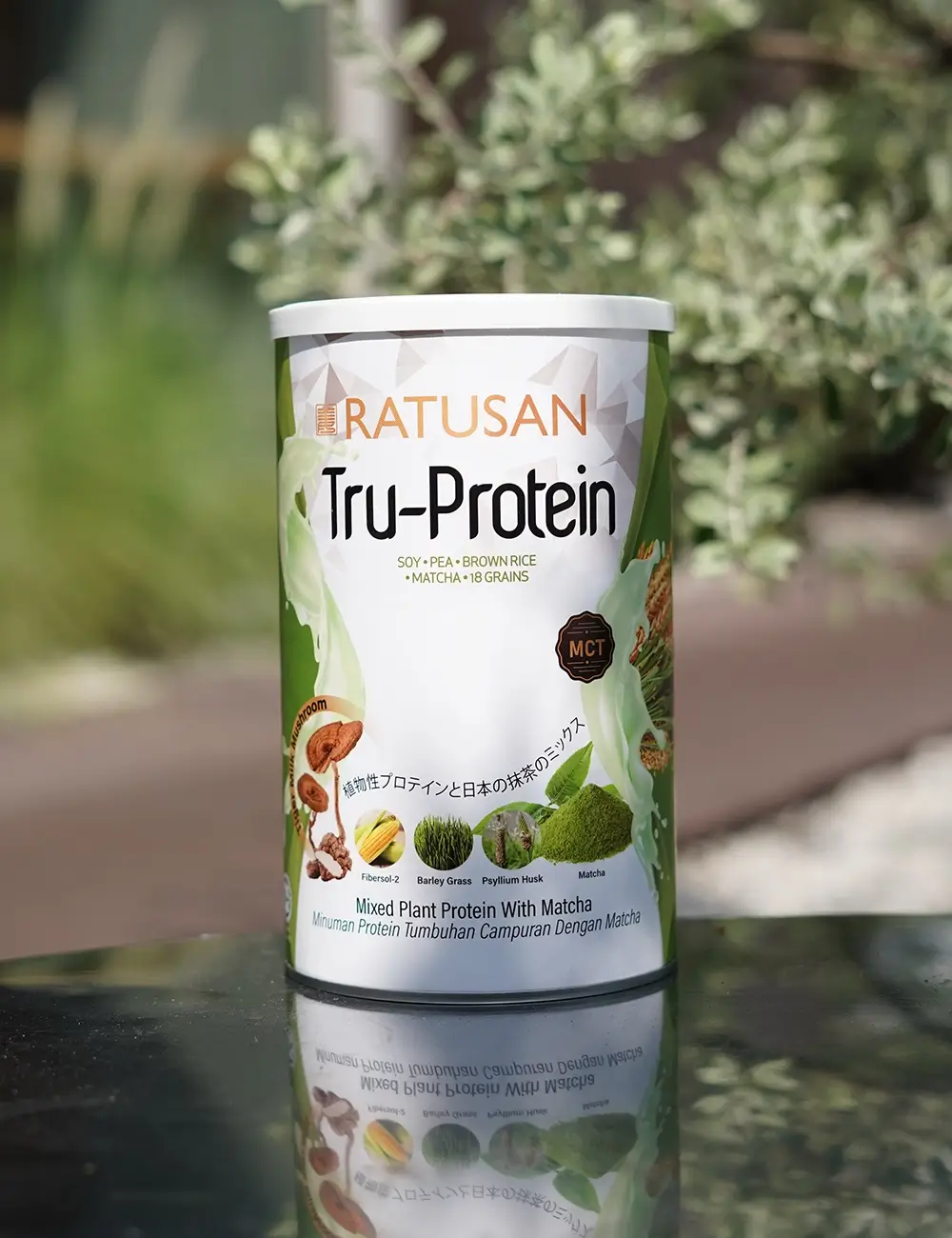
Nutrition Facts of Quinoa
Quinoa is the seed of a plant known scientifically as Chenopodium quinoa. It is higher in nutrients than most grains and is often marketed as a “superfood.”
Although quinoa (pronounced KEEN-wah) is prepared and consumed like a cereal grain, it’s categorized as a pseudocereal, as it doesn’t grow on grass like wheat, oats, and rice.
Quinoa has a crunchy texture and nutty flavor. It’s also gluten-free and can therefore be enjoyed by people who are sensitive to gluten or wheat.
Quinoa seeds are flat, oval, and usually pale yellow, though the color can range from pink to black. Its taste can vary from bitter to sweet.
It’s usually boiled and can be added to salads, used to thicken soups, or eaten as a side dish or breakfast porridge.
The seeds can also be sprouted, ground, and used as flour or popped like popcorn. Quinoa is an excellent food for babies.
The United Nations declared 2013 “The International Year of Quinoa” due to the seeds’ potential to contribute to worldwide food security.
Though quinoa technically isn’t a grain, it’s still considered a whole-grain food, according to the Whole Grains Council.
This article tells you everything you need to know about quinoa.

Cooked quinoa comprises 21% carbohydrates, 14.6% protein, and 14.2% fat.
One cup (185 grams) of cooked quinoa contains 222 calories.
The nutrition facts for 3.5 ounces (100 grams) of cooked quinoa are (Trusted Source):
- Calories: 120
- Water: 72%
- Protein: 4.4 grams
- Carbs: 21.3 grams
- Sugar: 0.9 grams
- Fiber: 2.8 grams
- Fat: 1.9 grams
Carbs
Carbs make up 21% of cooked quinoa, comparable to barley and rice.
About 83% of the carbs are starches. The rest consists mostly of fiber and a small amount of sugars (4%) (5Trusted Source).
Quinoa has a relatively low glycemic index (GI) score of 53, which means it may not cause a rapid spike in blood sugar.
The GI is a measure of how fast blood sugar levels rise after a meal. Eating a low-glycemic-index diet may be linked to a lower risk of diabetes and cardiovascular disease (7Trusted Source, 8Trusted Source).
Fiber
Cooked quinoa contains more fiber than brown rice and yellow corn (9, 10Trusted Source).
Fiber makes up 10% of the dry weight of cooked quinoa, 80% to 90% of which are insoluble fibers like cellulose.
Insoluble fibers may be associated with reduced diabetes risk (11Trusted Source).
Plus, some insoluble fiber may be fermented in your gut, like soluble fibers, feeding your friendly bacteria and promoting better overall health (11Trusted Source).
Quinoa also provides some resistant starch, which feeds the beneficial bacteria in your gut, promoting the formation of short-chain fatty acids (SCFAs), improving gut health, and cutting your risk of disease (11Trusted Source, 12Trusted Source, 13Trusted Source).
Protein
Amino acids are the building blocks of proteins, and proteins are the building blocks of all tissues in your body.
Some amino acids are essential, as your body cannot produce them, making it necessary to acquire them from your diet.
Cooked quinoa provides 4.4% protein, higher than most cereal grains, such as barley, rice, and corn (5Trusted Source, 14Trusted Source).
Quinoa is considered a complete protein source, which means that it provides all nine essential amino acids (14Trusted Source, 15).
It’s exceptionally high in the amino acid lysine, usually lacking in plants. It’s also rich in methionine and histidine, making it an excellent plant-based protein source (1, 2Trusted Source).
Not all proteins are equally easy for your body to digest. The protein in quinoa is highly digestible (15, 16, 17, 18Trusted Source, 19Trusted Source).
Quinoa is gluten-free and therefore suitable for people who are sensitive or allergic to gluten.
Fat
A 3.5-ounce (100 gram) serving of cooked quinoa provides about 2 grams of fat.
Like other grains, quinoa fat is mainly composed of palmitic acid, oleic acid, and linoleic acid.
SUMMARYThe carbs in quinoa consist mainly of starch, insoluble fibers, and small amounts of sugar and resistant starch. This grain is considered a complete protein and provides 2 grams of fat per 3.5 ounces (100 grams).
Quinoa is a good source of antioxidants and minerals, providing more magnesium, iron, fiber, and zinc than many common grains.
Here are the main vitamins and minerals in quinoa:
- Manganese: Found in high amounts in whole grains, this trace mineral is essential for metabolism, growth, and development (24Trusted Source).
- Phosphorus: Often found in protein-rich foods, this mineral is essential for bone health and the maintenance of various body tissues (25Trusted Source).
- Copper: A mineral often lacking in the Western diet, copper is important for heart health (26Trusted Source).
- Folate: One of the B vitamins, folate is essential for cell function and tissue growth and is considered particularly important for pregnant people (27Trusted Source, 28Trusted Source).
- Iron: This essential mineral performs many important functions in your body, such as transporting oxygen in red blood cells.
- Magnesium: Important for many processes in your body, magnesium is often lacking in the Western diet (29Trusted Source).
- Zinc: This mineral is important for overall health and participates in many chemical reactions in your body (30Trusted Source).
SUMMARYQuinoa is a good source of several minerals, including manganese, phosphorus, copper, folate, iron, magnesium, and zinc.
Quinoa contains many plant compounds that contribute to its flavor and health effects, including:
- Saponin: These plant glycosides protect quinoa seeds against insects and other threats. They’re bitter and usually eliminated by soaking, washing, or roasting before cooking (2Trusted Source, 31Trusted Source).
- Quercetin: This powerful polyphenol antioxidant may help protect against various illnesses, such as heart disease, osteoporosis, and certain forms of cancer (32Trusted Source, 33Trusted Source, 34Trusted Source).
- Kaempferol: This polyphenol antioxidant may reduce your risk of chronic diseases, including cancer (35Trusted Source, 36Trusted Source).
- Squalene: This precursor of steroids also acts as an antioxidant in your body (37Trusted Source).
- Phytic acid: This antinutrient reduces the absorption of minerals, such as iron and zinc. Phytic acid can be reduced by soaking or sprouting quinoa before cooking (38Trusted Source).
- Oxalates: They may bind with calcium, reduce its uptake, and increase the risk of kidney stone formation in sensitive individuals (39).
Bitter quinoa varieties are richer in antioxidants than sweeter types, but both are good sources of antioxidants and minerals.
One study concluded that quinoa had the highest antioxidant content of 10 common cereals, pseudocereals, and legumes (40).
Quinoa and related crops have even been identified as better sources of flavonoid antioxidants than cranberries, which are considered very rich in flavonoids (41).
Keep in mind that the antioxidant levels may decrease with cooking (42, 43Trusted Source).
SUMMARYQuinoa is high in many plant compounds, especially antioxidants. Some of the undesirable plant compounds can be eliminated by soaking, washing, or roasting prior to cooking.
Nutritious and rich in many minerals and plant compounds, quinoa can be a healthy addition to your diet.
Some data show that quinoa may increase your nutritional intake and help reduce blood sugar and triglycerides.
Lower blood sugar levels
People with type 2 diabetes are unable to use insulin effectively, causing high blood sugar levels and various complications.
Refined carbs are linked to an increased risk of type 2 diabetes and heart disease, while whole grains like quinoa are associated with a reduced risk (44Trusted Source, 45Trusted Source, 46Trusted Source, 47Trusted Source).
A study in rats on a high-fructose diet showed that eating quinoa significantly lowered blood cholesterol, triglycerides, and blood sugar, which are all linked to type 2 diabetes (48Trusted Source).
One in vitro study of human cells compared the effects of quinoa with traditional gluten-free wheat products.
Quinoa lowered both blood triglycerides and free fatty acids. It also affected blood sugar levels to a lesser degree than gluten-free pasta, gluten-free bread, and traditional bread (49Trusted Source).
May aid weight loss
Quinoa has many properties that make it a weight-loss-friendly food.
It’s higher in protein than similar foods, such as rice, corn, and whole wheat (Trusted Source5Trusted Source).
Protein is considered a key factor for weight loss, as it boosts metabolism and feelings of fullness. In doing so, it may help prevent obesity and related diseases (50Trusted Source, 51Trusted Source).
Fibers are also important for weight loss, promoting decreased calorie intake by increasing feelings of fullness and improving gut health (52Trusted Source, 53Trusted Source).
Quinoa is higher in fiber than many whole-grain foods.
The GI value of quinoa is relatively low, and low-glycemic foods have been shown to prevent overeating and decrease hunger (8Trusted Source, 54Trusted Source, 55Trusted Source).
Quinoa is gluten-free
As a gluten-free pseudocereal, quinoa is suitable for people who are intolerant or allergic to gluten, such as those with celiac disease.
Research indicates that using quinoa in a gluten-free diet, instead of other common gluten-free ingredients, dramatically increases the nutrient and antioxidant value of your diet (57Trusted Source, 58, 59Trusted Source).
Quinoa-based products are well tolerated and may be a suitable alternative to wheat in its original form and in products like bread or pasta (60Trusted Source).




























